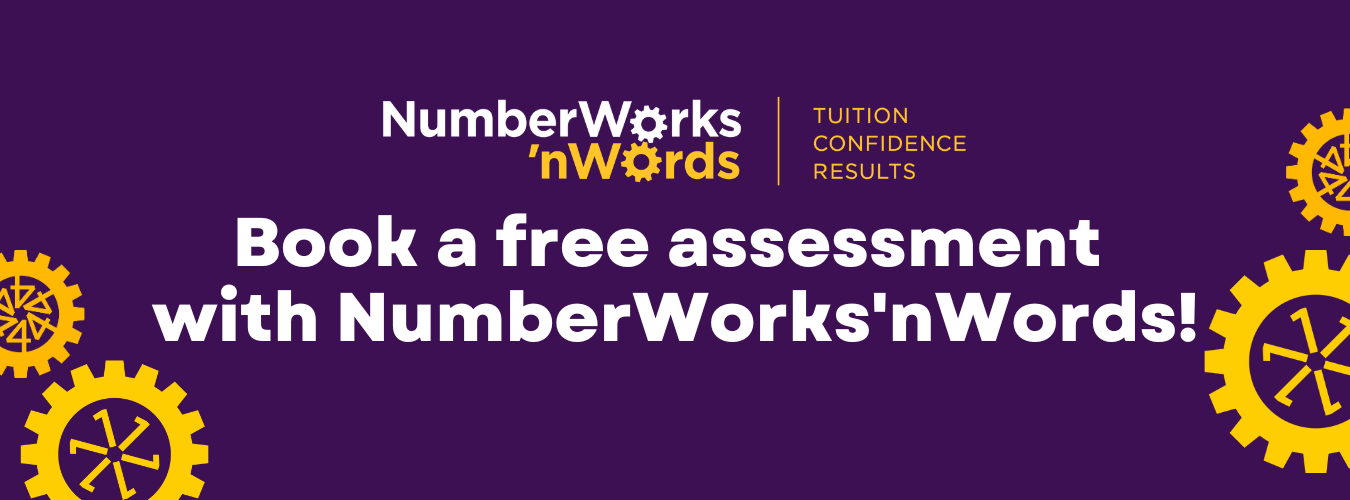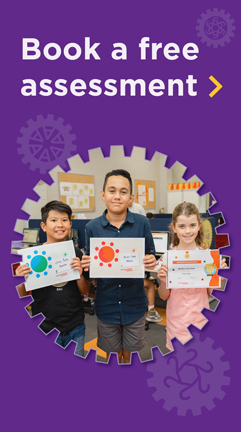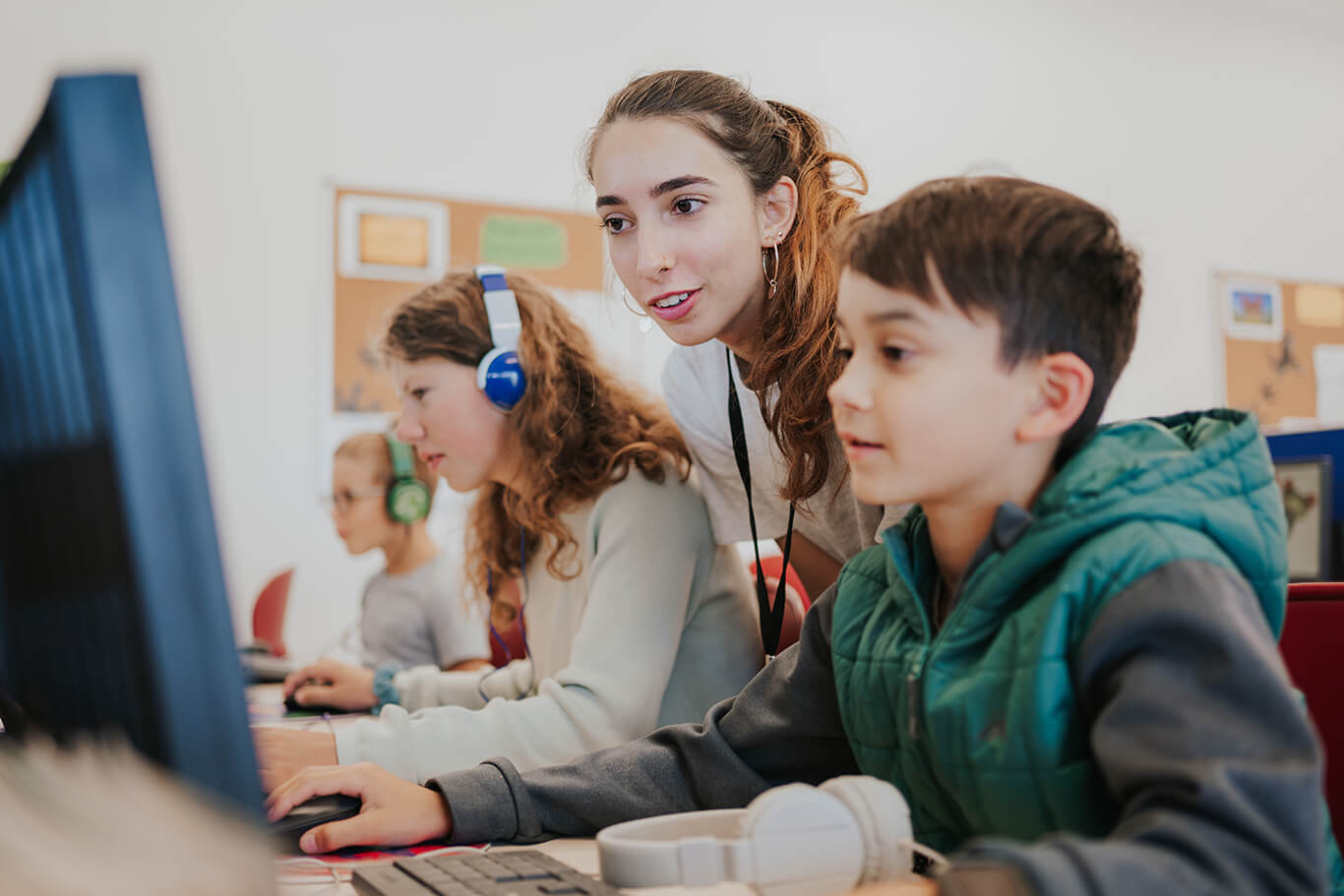How to Keep Children Safe Online
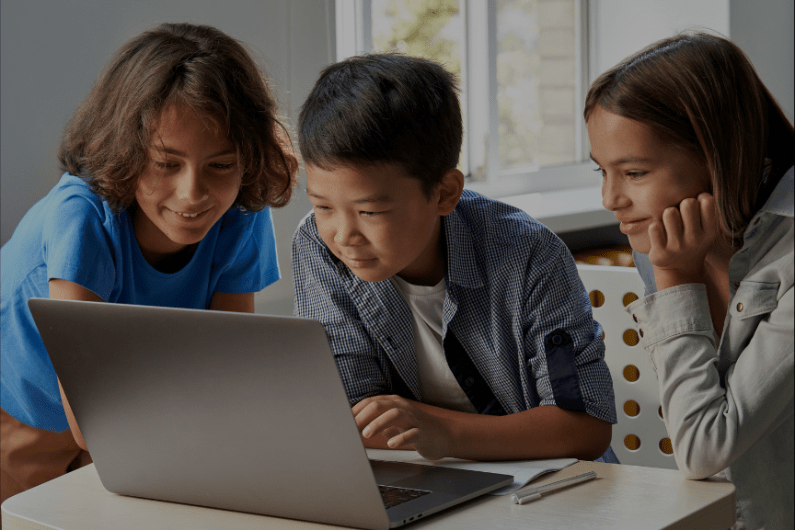
As technology continues to advance, the internet has become an integral part of our daily lives, providing children with unprecedented access to information and entertainment. While the digital world offers numerous educational opportunities, it also poses potential risks and dangers for our children.
As parents, it is crucial to understand these risks and take proactive measures to protect our children while they navigate the online realm.
Is your child struggling to keep up with schoolwork? Are they falling behind? Are they bored in class? Or are you looking for extension work for your child? Check out our eBook to learn more about how we help your child improve academically and build confidence through our in-centre after-school tuition.
This comprehensive guide aims to equip parents with effective strategies and tools to protect children online and ensure their safety in the digital age.
Empowering Digital Literacy and Skills
In today's world, digital literacy is essential for success and safety. Parents must engage in open conversations with their children about online safety and empower them with the necessary skills to navigate the digital landscape responsibly.
This includes teaching them about privacy, identifying potential risks and inappropriate online behaviour, and promoting ethical behaviour online. By nurturing digital literacy, parents can ensure that their children are well-prepared to make informed decisions and avoid potential dangers while using the internet.
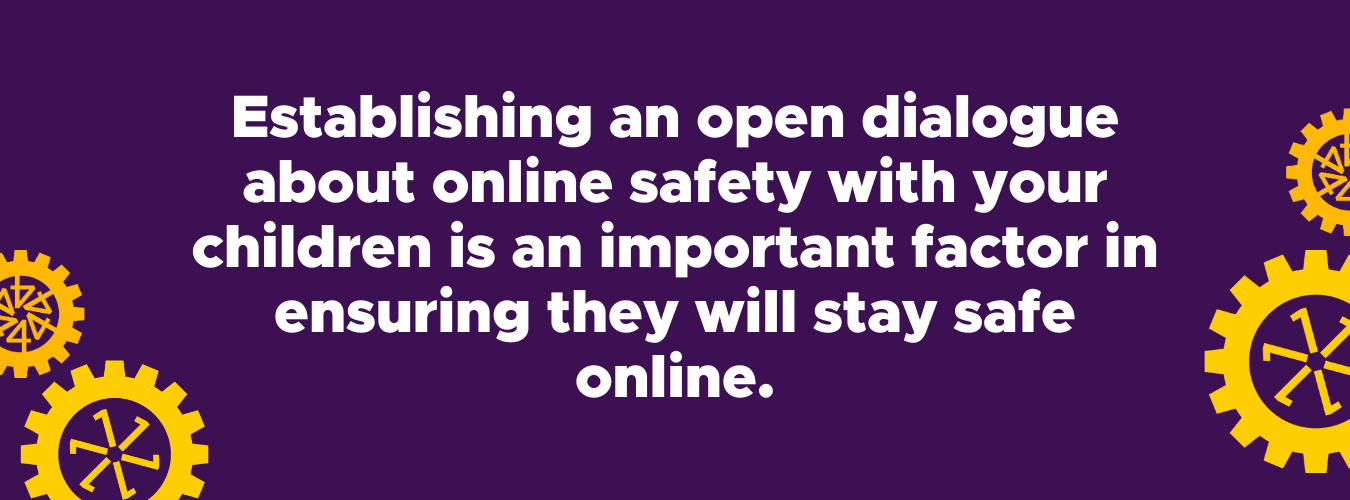
Setting and Discussing Boundaries and Rules
Setting and discussing boundaries and rules is crucial to protect children from inappropriate content and behaviour online. Take some time to engage in open discussions about online safety. This will help your children understand the importance of responsible online behaviour, boundaries when online and what to do if they encounter harmful content.
Some Topics of Discussion Could Include:
- Setting specific time limits for your child's daily screen time, including time spent on devices like mobile phones, tablets, computers, and gaming consoles.
- Establish a rule that your child must seek parental approval before creating new accounts on social media or downloading new apps.
- Discuss with your child what types of websites, apps, and online content are suitable for their age.
- Setting a minimum age requirement for social media platforms, as many social media sites have age restrictions for registration.
- Teach them to recognise signs of cyberbullying and encourage open communication so they can confide in you if they experience or witness such behaviour.
- Teaching your child about the risks associated with downloading files or apps from untrusted sources.
We understand that tracking time limits, social media and the online content your child is accessing can be difficult. Luckily there are a number of different tools and apps you can use to help.
Parental Controls for Younger Children
To protect younger children from exposure to harmful content, parental controls are an invaluable tool. Internet browsers such as Google Chrome, Firefox and Safari offer parental control features that allow parents to filter out inappropriate content and restrict their children's access to certain websites. These built-in parental controls add a layer of protection for your children.
You could also install a net nanny service on all of your family devices to prevent your children from accessing dangerous or mature content. Alternatively, you can take advantage of your web browser's parental controls, which allow you to filter the content that is shown by the browser. You can set up security safeguards and content filters to restrict what your child sees online.
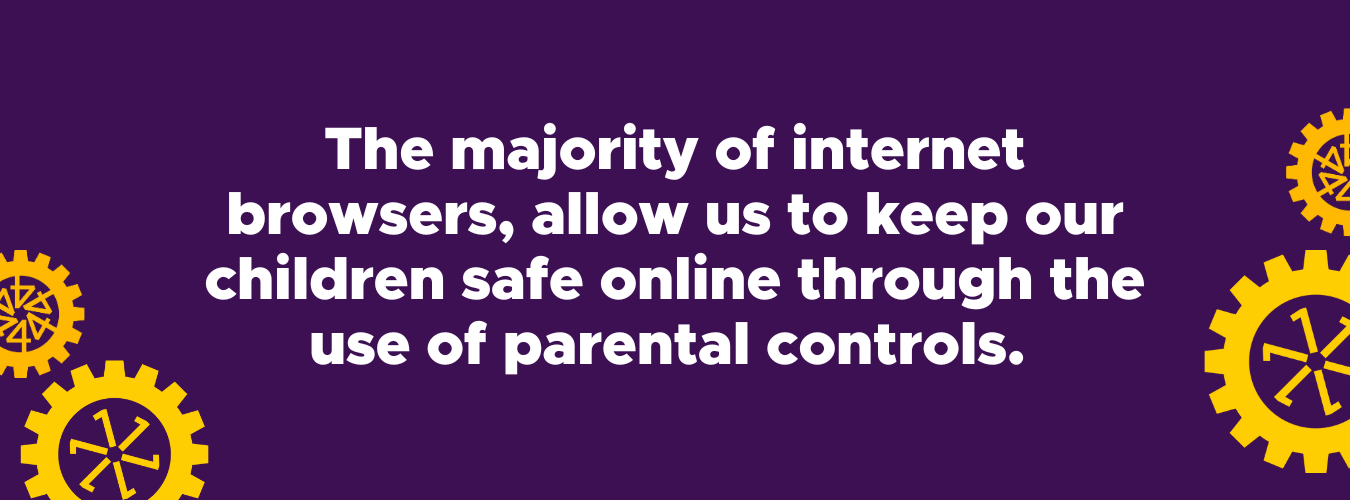
Utilising Specialist Monitoring and Reporting Tools
Utilising specialist monitoring and reporting tools can provide valuable insights into a child's online activities. Parents can use these tools to track their child's internet usage, including websites visited, apps used, and the duration of the child's online activity sessions. They also allow parents to block certain content and set time limits.
While these tools are not a substitute for open communication, they serve as an extra layer of child protection, alerting parents to potential risks and enabling timely intervention.
As children grow older, they naturally seek more independence, including exploring the internet without constant supervision. However, periodic monitoring of their online activities is essential to ensuring their safety.
Parents should establish a level of trust and openness with their children, encouraging them to share their online experiences. Being aware of who they interact with, what sites they search for, and the content they consume allows parents to protect their children from potential online dangers.
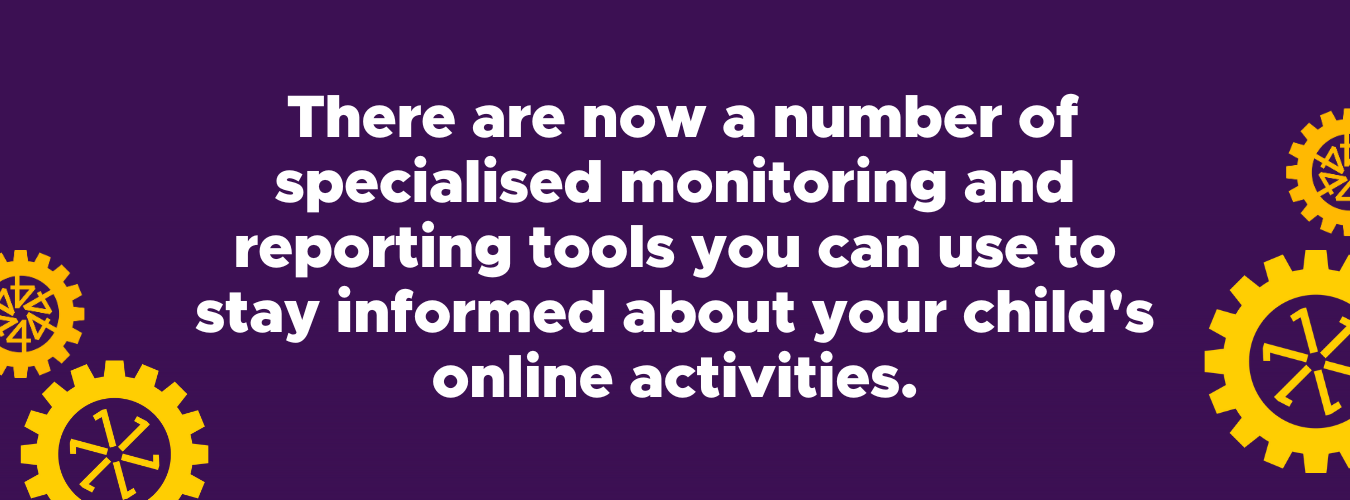
Setting Social Media Safety Rules
Social media platforms and sites have become a predominant part of our lives, and children are no exception to this trend. While social media fosters connections with people online, it also harbours potential dangers.
Setting social media safety rules is essential, and parents should set clear safety rules for their children's social media usage.
- Don’t publish personal information, such as their phone number, home address, and date of birth.
- Be mindful when sending messages or interacting with others online.
- Be careful when posting content or images because anything posted online stays online.
- Don’t have private conversations with or send photographs to people you do not know.

Keeping Screens and Devices Visible
Maintaining oversight of a child's online activities is facilitated by keeping screens and devices in common areas of the home, including keeping the family computer in the living room and setting boundaries around where devices can be used, e.g., no iPads in the bedrooms.
This approach encourages transparency and open communication, allowing parents to be more aware of their children's digital experiences and fostering discussions about online safety.
Protecting Your Child's Privacy
Teaching children about online privacy is vital to protecting them from potential serious risks online. Parents should educate their children about the importance of keeping personal information private and not sharing it with strangers online. Additionally, parents should emphasise the distinction between appropriate sharing online and maintaining privacy in real life.
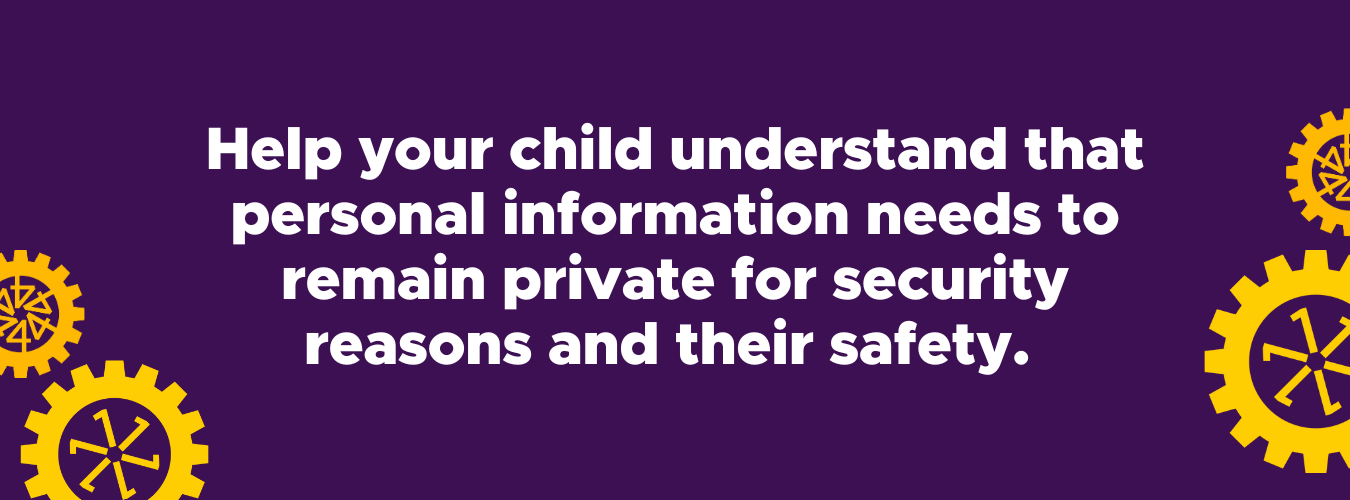
Practising Online Stranger Danger
Educating children about online stranger danger is crucial in the digital age. Children should be taught to exercise caution when interacting with strangers online and to recognise potential red flags.
Leading by Example
Parents play a critical role in shaping their children's behaviour, both offline and online. To instil responsible online habits in their children, parents must lead by example.
By keeping children safe online and modelling a responsible digital presence, parents reinforce the importance of online safety and digital citizenship, creating a foundation for their children to thrive in the digital world.
Ensuring children's safety in the digital age requires a multi-faceted approach that involves open communication, parental guidance, and the use of available tools and resources. With these measures in place, parents can confidently allow their children to benefit from the vast educational opportunities the Internet provides while mitigating potential risks.
At NumberWorks'nWords, we provide a secure and engaging learning environment for children, guided by passionate tutors dedicated to enhancing their academic performance. For more information about our maths and English tutoring programs, please contact your local centre or schedule a free assessment today.
Remember, by implementing the right measures, parents can empower their children to safely navigate the internet's endless possibilities, stay safe online, and be responsible digital citizens in the ever-evolving digital world.
